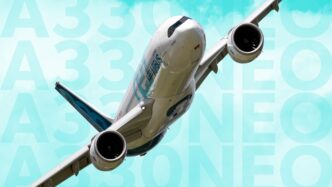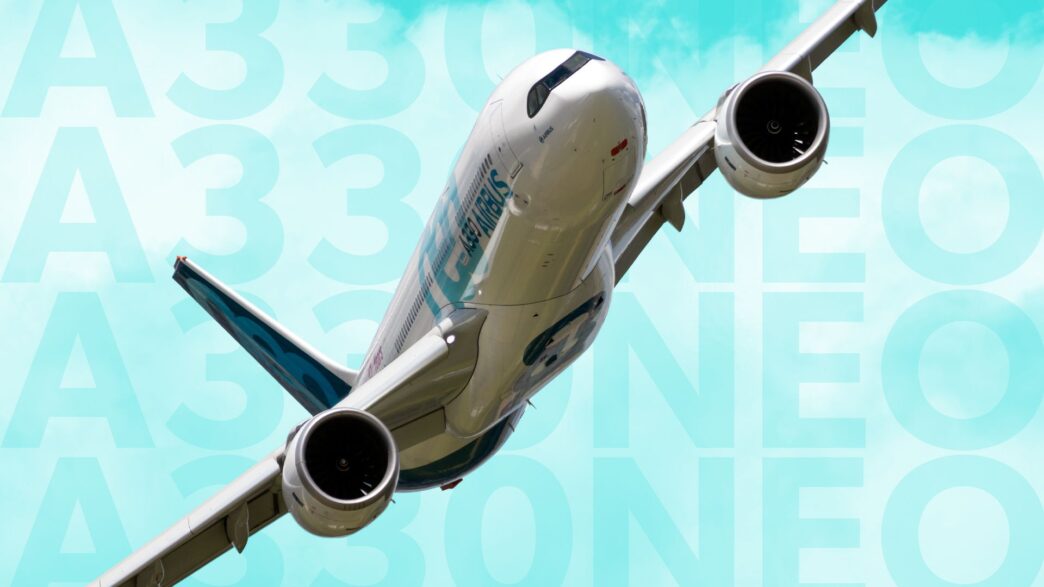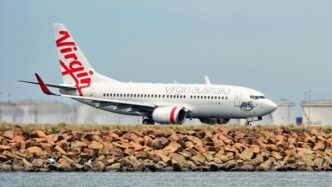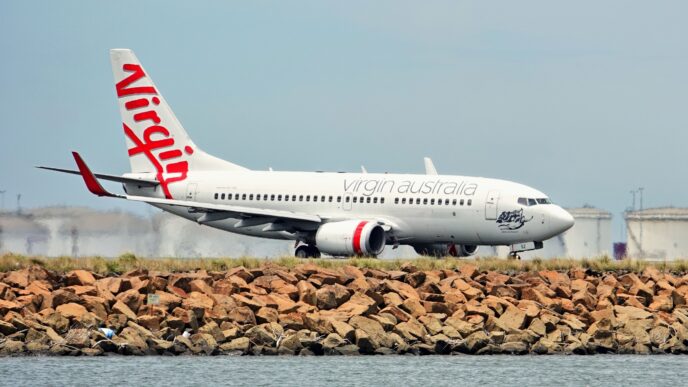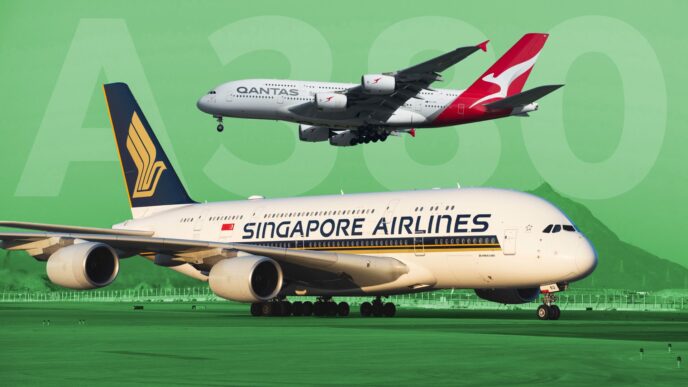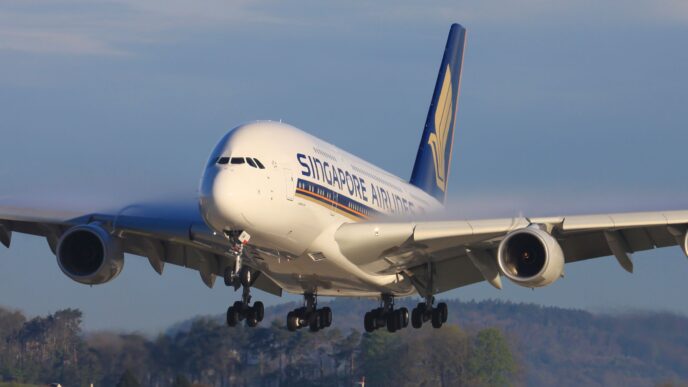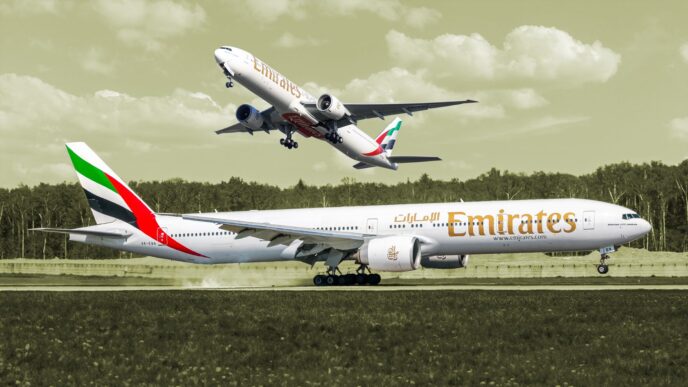The Airbus A330neo stands out as one of the most cutting-edge widebody airliners available today. Since its introduction in the mid-2010s, this aircraft has made a significant impact in the aviation sector. Evolving from the original A330 series, the A330neo boasts modern engines, which is reflected in its “neo” label, meaning “new engine option.” Airbus continues to manufacture this model, having delivered over 150 units to a diverse range of operators worldwide. Impressively, the company has secured nearly 500 orders from over 30 different customers. The A330neo is more than just a fuel-efficient upgrade; it offers long-range capabilities, remarkable fuel savings, and the versatility to cater to various market needs. Let’s delve into what makes this aircraft a favorite among widebody airliners.
The story of the A330neo begins with the original Airbus A330 series. Back in the early 1970s, Airbus was riding high on the success of its A300, the first twin-engine widebody airliner. Eager to expand its lineup, Airbus embarked on a new project in the mid-1970s, which eventually led to the A330. While the A330 retained the A300’s wings, it featured a longer fuselage and more powerful engines, aiming to compete with the likes of the McDonnell Douglas DC-10 and the Lockheed L-1011 TriStar. By 1982, Airbus had outlined the A330’s specifications, maintaining the vertical stabilizer, rudder, and fuselage cross-section of the later A300 variants, albeit with a longer design. The company also offered customers the flexibility to choose engines from the three major suppliers. The A330 program officially launched in April 1987, with the first prototype taking flight in November 1992. By October 1993, it had received type certification from both the European Joint Aviation Authorities (JAA) and the Federal Aviation Administration (FAA), and Air Inter introduced it into service in January 1994.
Reflecting on the original A330 series, it initially enjoyed success in the market. However, as sales of the A330-300 began to wane, especially with the emergence of the Boeing 767-300ER, Airbus had to innovate to stay competitive. The A330neo emerged as a response to this challenge, offering enhanced performance and efficiency. From my perspective, the A330neo represents a perfect blend of innovation and practicality. Its ability to adapt to various market demands while delivering impressive fuel efficiency makes it a standout choice for airlines. The aircraft’s modern features and long-range capabilities ensure it remains a key player in the aviation industry for years to come.
#AirbusA330neo #AviationInnovation #WidebodyAirliner
Originally reported by Simple Flying Read More
